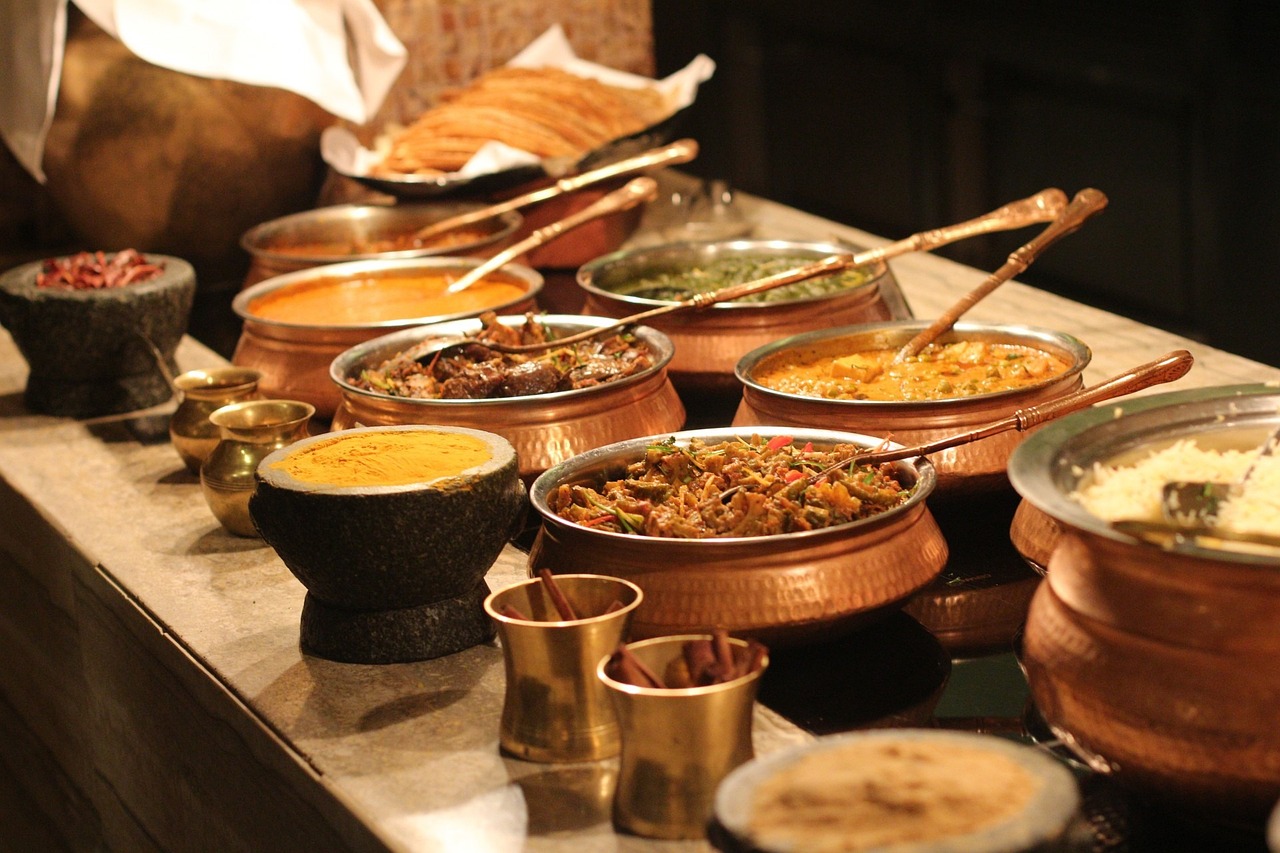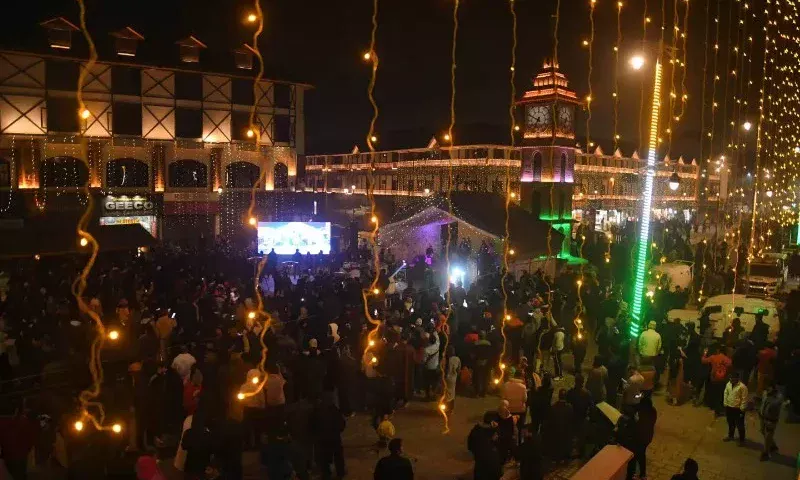Winter in India isn’t just a season to endure—it’s a time to celebrate, one delicious bite at a time.
As the chill of winter sweeps across India, the country dons its gastronomic hat, an invitation to indulge in flavours that warm both body and soul. From the frosty valleys of Kashmir to the sun-kissed coasts of Kerala, each region brings forth a unique winter culinary tradition, deeply rooted in its heritage and local ingredients.
The beauty of these dishes lies not just in their flavours but in the stories they tell. They whisper tales of ancient rulers, echo the rhythms of agrarian life, and embody the ingenious ways communities adapt to seasonal changes. As the temperature drops, kitchens across India come alive with the bubbling of broths, the roasting of nuts, the sizzle of spices, and the earthy sweetness of jaggery. It’s a time when food transcends its role as mere sustenance and becomes a bearer of warmth, nostalgia, and togetherness.
A cultural embrace in every bite
In the icy embrace of Kashmir, the rich aroma of harisa fills the air. This slow-cooked mutton porridge, seasoned with spices and thickened with rice or wheat, is a dish that has sustained generations during harsh winters. Derived from the Arabic word haris, meaning “to pound,” harisa carries the culinary influence of Central Asia, brought to Kashmir by Afghan rulers. Chef and food historian Sadaf Hussain describes it as a family ritual, often prepared in a large dek (kadhai) with collective effort—a tradition as warming as the dish itself. It is served with tchot (Kashmiri bread).
Also Read | Why Kangris Remain Kashmir’s Go-To Heating Solution This Winter
Moving southwards, the fields of Jammu and Punjab echo the earthy aroma of panjeeri and pinni. These ghee-laden, nutrient-dense treats, made with whole wheat, jaggery, and nuts, are quintessential winter companions. Farmers, braving frosty mornings, created these energy-packed sweets to sustain themselves through the season. Head chef and restaurant consultant Tarveen Kaur highlights their role as both nourishment and celebration, particularly in postnatal care, where they help new mothers regain strength.
In the northern plains, winter mornings hold a special delight for those who seek the ephemeral pleasures of malaiyo in Benaras, daulat ki chaat in Delhi, or nimish in Lucknow. These frothy, cloud-like desserts, churned from milk foam and flavoured with saffron, are culinary marvels born of cold air and morning dew. Hussain recounts the Mughal origins of these, particularly Daulat ki chaat, which finds mention in historical texts like the Shahjahanama. Each variant has its signature twist—malaiyo with banana and pine nuts, and nimish dissolving on the tongue like a sweet whisper.
Homage to harvest and tradition
In Gujarat, the preparation of Methi Pak brings families together in kitchens fragrant with the scent of fenugreek, jaggery, and dried fruits. This sweet fudge, bursting with medicinal properties, has been passed down through generations, balances indulgence and health. Often gifted to new mothers, it is revered for its ability to boost immunity and provide warmth.
Assam’s til pitha and Bihar’s tilkut pay homage to the humble sesame seed and the golden sweetness of jaggery. Til pitha, a delicate rice crepe filled with sesame and jaggery, graces the festivities of Magh Bihu, while tilkut, with its caramel-like depth, is Bihar’s lesser-known winter gem. Hussain describes these as a celebration of harvest and community, their flavours tying generations to the cycles of the land.
Also Read | Hidden Delights: Unexplored Vegetarian Cuisines of Jammu and Kashmir await Global Palates
Seasonal nourishment across the map
In Tamil Nadu, the simmering pots of pepper rasam exude an invigorating aroma. This tangy, spicy soup, made with black pepper, tamarind, ginger, and lentils, is a comfort food and an Ayurvedic remedy. The word rasa, meaning “essence,” captures its essence—a dish that soothes, nourishes, and revitalises. Kaur notes its role as a winter staple in Tamil households, where therapeutic cooking is an integral part of daily life.
In the Himalayan states of Sikkim and Arunachal Pradesh, the warm glow of chhang—a traditional fermented millet or barley drink—offers respite from the biting cold. Chhang is enjoyed during festivals and gatherings. Hussain fondly recalls trying egg chhang, a variation enriched with eggs, at an Arunachali eatery in Delhi’s Humayunpur, where the drink’s rustic charm and warming properties left a lasting impression.
In Kerala, beetroot thoran adds a burst of colour to winter plates. This stir-fried dish, made with beetroot, grated coconut, and spices, may not be exclusive to the season, but its use of winter’s freshest produce makes it a delightful addition to Kerala’s traditional vegetarian fare. Kaur appreciates how this dish reflects the region’s tropical abundance, where every meal celebrates the land’s natural bounty.
As the frost settles and fireplaces crackle, these culinary treasures invite us to savour the season with gratitude and joy. Winter in India is not just to be endured—it is to be celebrated, one delicious bite at a time.
Also Read | Winter in Kashmir: Why Phari (Smoked Fish) is the Season’s Must-Have Delicacy




